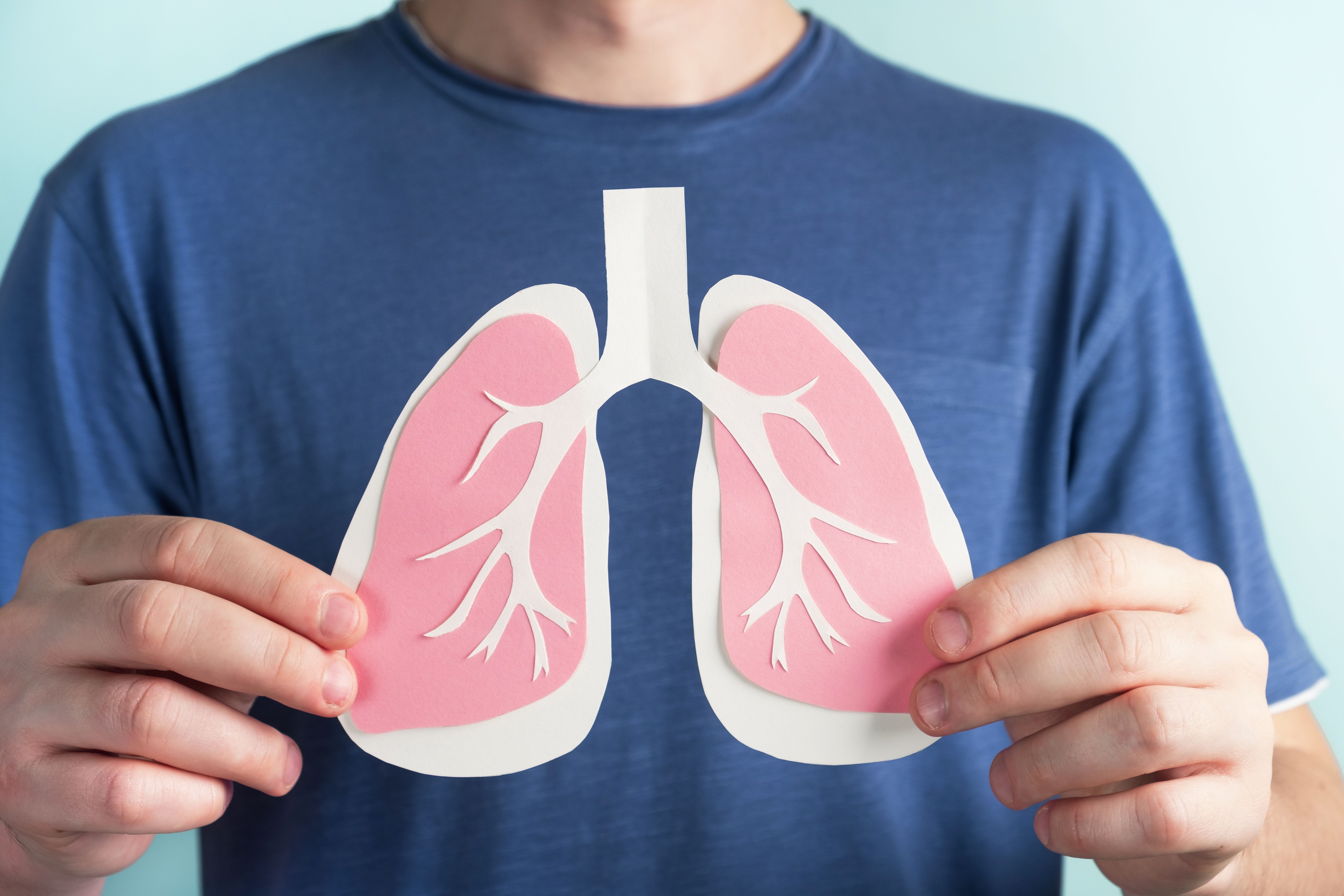Article
FDA Approves Isatuximab, Carfilzomib, Dexamethasone Combination for RRMM
Author(s):
Multiple myeloma is the second most common blood cancer, affecting more than 130,000 US patients.
The FDA approved isatuximab-irfc for use in combination with carfilzomib and dexamethasone for the treatment of adults with relapsed refractory multiple myeloma (RRMM) who previously received 1 to 3 prior lines of therapy.
Sarclisa, from Sanofi-Aventis, is already approved in combination with pomalidomide and dexamethasone for the same indication. Carfilzomib (Kyprolis) is sold by Amgen; carfilzomib and dexamethasone is known as Kd therapy.
Multiple myeloma is the second most common blood cancer, affecting more than 130,000 US patients.
Sanofi said the approval is based on data from the phase 3 IKEMA study, a randomized, multicenter, open label clinical trial that enrolled 302 patients. The group was considered difficult-to-treat due to advanced age, high cytogenetic risk, or kidney disease.
Isatuximab added to Kd reduced the risk of disease progression or death by 45% (HR, 0.548; 95% CI, 0.366-0.822; P = .0032) versus standard of care Kd alone.
However, the median progression-free survival (PFS) for the triple therapy was not reached at the time of the pre-planned interim analysis, compared with 20.27 months for those given Kd (HR = 0.548; 95% CI, 0.366-0.822). OS data were immature at the time of the interim analysis.
Overall response rate did not differ significantly between the isatuximab-irfc combination and control groups (86.6% vs. 82.9%), with complete response rates of 39.7% vs. 27.6%.
The most common adverse events associated with the combination therapy included upper respiratory tract infection, infusion-related reactions, fatigue, hypertension, diarrhea, pneumonia, dyspnea, insomnia, bronchitis, cough and back pain. Hematology laboratory abnormalities that occurred among more than 80% of treated patients included decreases in hemoglobin, lymphocytes and platelets.
Newsletter
Stay ahead of policy, cost, and value—subscribe to AJMC for expert insights at the intersection of clinical care and health economics.




